Are you a fan of jet aircraft? Better yet, are you a fan of flying through the air faster than the speed of sound while firing missiles? If so, H.A.W.X 2 might tickle your fancy. Ubisoft’s upcoming combat flight simulator Tom Clancy’s H.A.W.X 2 will feature some of the most ferocious man-made aircraft ever created including the F-35 Lightning II, F-22 Raptor and even the Russian Su-37 Terminator. As you’d expect, the title will feature some new gameplay for the series as well as some new and improved visuals, as the usual exhilaration of flying fast and blowing things up.
Tom Clancy’s HAWX 2 puts you back in the cockpit of various modern or cutting-edge fighter planes, though this time the aerial combat is split across US, Russian, and British campaigns. The story isn’t a direct continuation of the first game’s mercenaries-versus-US plot, but it has “much more depth,” according to narrative director Edward Douglas, thanks to its multiple international perspectives. Though the plot isn’t laid bare in our demo, we gather it involves mounting insurgent activity in the Middle East and Russia. As the game begins, a nuclear missile has disappeared from a Russian military base, and in the tutorial mission Contact, an insurgent convoy launches an attack on a US air base in a desert at the edge of the conflict.
The most obvious difference from the first game is the presence of takeoffs and landings, including taxiing to the base runway in the first mission; in 2009’s HAWX, missions began and ended in the air, with your plane already cruising towards your waypoint. “We want to give you the full experience, from when the pilot gets in the plane to when he gets out again,” said Douglas. “In HAWX 1, you spawned in in third-person view in the air, the missions ended that way, you never knew who you were or why you were there.”
That fuller, more authentic experience of modern air warfare goes further than runways and landing gear, adding aerial espionage with unmanned aerial vehicles, stealth missions with night raids, and gunship missions to the mix, as well as midair refuelling and precision bombing. We jumped ahead in the campaign to Interception Course, set in southern Russia, where separatist leaders have been surrounded and pinned down in the Caucasus Mountains. Separatists, meanwhile, had captured a Russian military base and taken cargo planes and bombers and were en route to rescue their leaders.
As a Russian military pilot in a Mig-29 Fulcrum, armed with heat-seeking missiles and flares, we flew with our squad to intercept the rescue attempt. The basic flight controls in HAWX 2 are mostly unchanged, and the same first-person cockpit view and third-person view from just behind the tail are available, along with the “assistance off mode,” which flips you into a remote perspective some way behind your plane and enables more advanced manoeuvres (though at the risk of stalling as you attempt them).
After lining up to intercept and then delivering a final warning to the separatists, our squad was ambushed by a swarm of fighter planes, triggering an all-out dogfight over the peaks of the snowcapped mountain range. This combat resembles the familiar patterns of HAWX before long–circling, air-braking, tracking targets to get a missile lock-on–but is occasionally broken up by more inventive enemy AI; in this mission, enemy pilots tended to get in close, making lock-on trickier, and tried to outmanoeuvre us through the steep-walled valleys. Unlike in the first HAWX, there’s no system for issuing commands to AI wingmen, but the whole game will be playable in up to four-player co-op.
“We’re really trying to make dogfights a lot closer, more personal,” said Douglas. “The way the weapon system works will encourage you to fight at different ranges, different AIs will use different tactics… some will use flares more, [for some] you’ll have to use cannons versus fire-and-forget missiles.”
The rocky, mountainous terrain, partly obscured by clouds, looks good, as do the grass and trees further down the slopes; a low flyover doesn’t expose the kind of blocky textures present in the original game. As in HAWX, though, the game maps draw on real satellite data, with some as large as 130km by 130km.
After taking down the separatist fighters, we were denied permission to return to base by a presumably soon-to-go-rogue Russian general, who bemoaned weak-willed politicians and told us to refuel instead so we could defend a Russian withdrawal from the region. This set our objective on a distant tanker aircraft, requiring that we match speeds and line up with it by flying through a green hoop in midair–an element of the augmented reality pathfinding Enhanced Reality System (ERS) left over from the original game.
The ERS is gone from the general dogfighting, however, meaning you won’t be pursuing targets through a series of hoops. “We found the ERS was very helpful in the first HAWX to find other players and ground targets in dogfights,” said Douglas, “[but] we found the air combat mechanics we developed for the second game got to a better level where… we didn’t need nearly so many assists and handholding for the player. It’s still there for landings and certain precise bombing targets, if you want assistance.” With a five-minute time limit to refuel, we had to approach the refuelling craft with gradual acceleration and delicate, precise manoeuvring–a change of pace from the wild, wide loop-the-loops we generally navigate our dogfights with.
Jumping ahead again to another American mission, Oil City, we were back in the pilot seat of a US fighter, packing air-to-surface missiles and heat-seekers and launching from the deck of a US aircraft carrier. The mission, set over the ocean at sunset, had us defending friendly forces by taking out antiaircraft sites on oil rigs and shooting down enemy helicopters. This meant prioritising targets that were threatening friendly units, flipping between missile types, and picking off targets as the health percentage of our allies ticked down.
Once the helicopters were down and antiaircraft sites near the oil rig’s airstrip had been subdued, the strip became available for landing. This meant lining up, adjusting pitch, and lowering landing gear for touchdown. There isn’t the depth or complexity of a full-on flight sim, but we’re told later missions will add further challenge to takeoffs and landings. We’re told in the final game these will range from straightforward runway affairs to nighttime aircraft landings and emergency takeoffs under fire, and other missions in the game will allow for landing and rearming mid-mission.
Like the original HAWX, it seems HAWX 2 aims to combine arcadey accessibility with the sheen of Tom Clancy near-future military authenticity. And, between expanding the experience to refuelling, takeoffs, and the like, adding in mission types, and advancing the enemy pilot AI, it should do so with greater variety come September 3, 2010.
Source: Gamespot

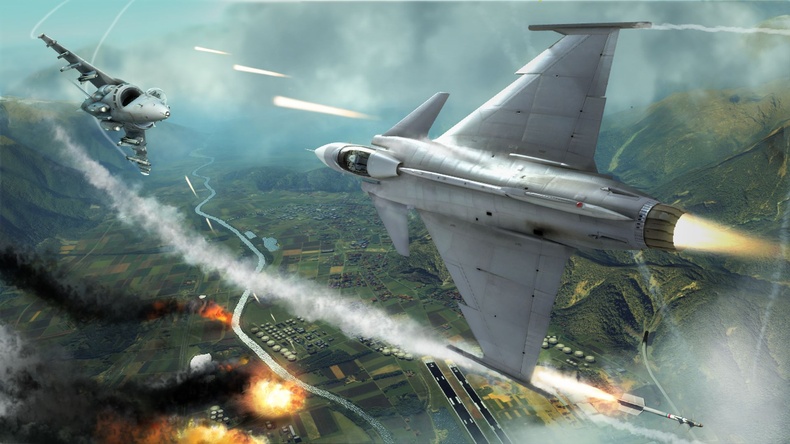
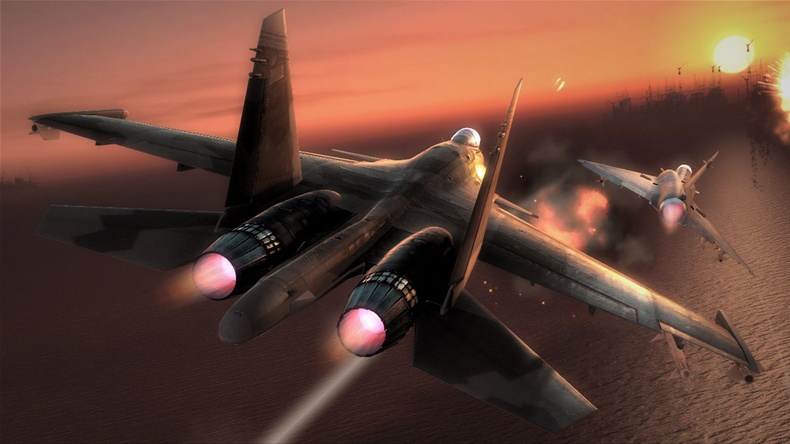
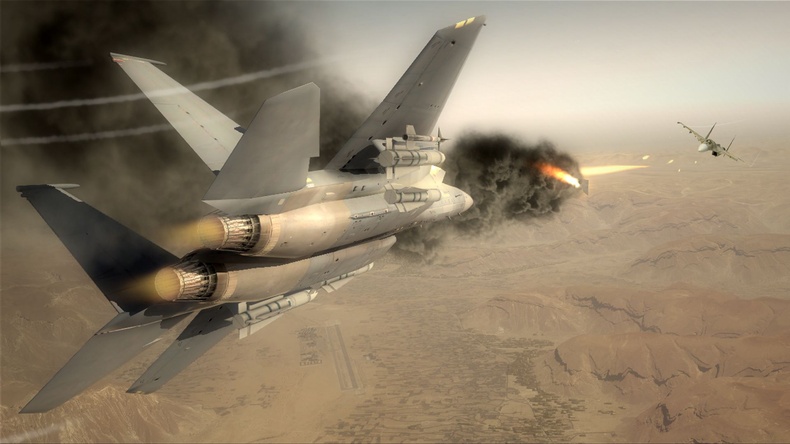
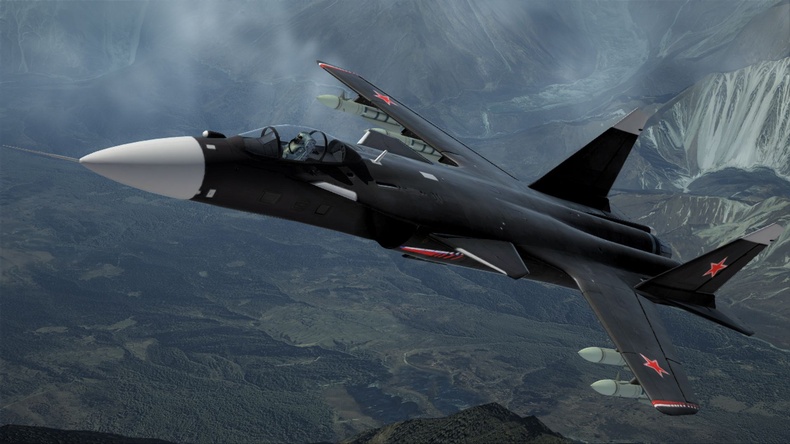
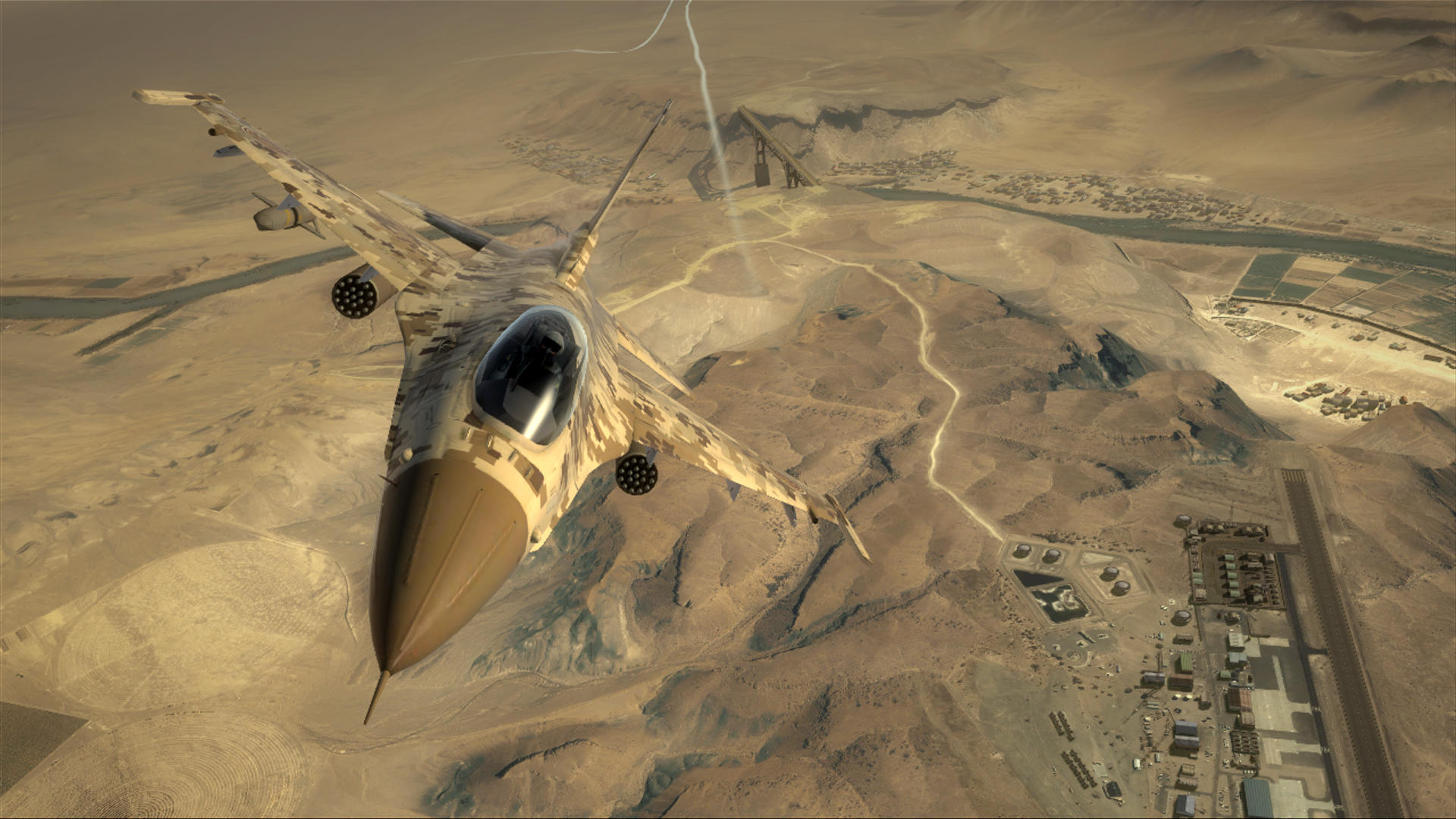



Tom Clancy’s: HAWX 2 http://CashFile.org/download?file=390